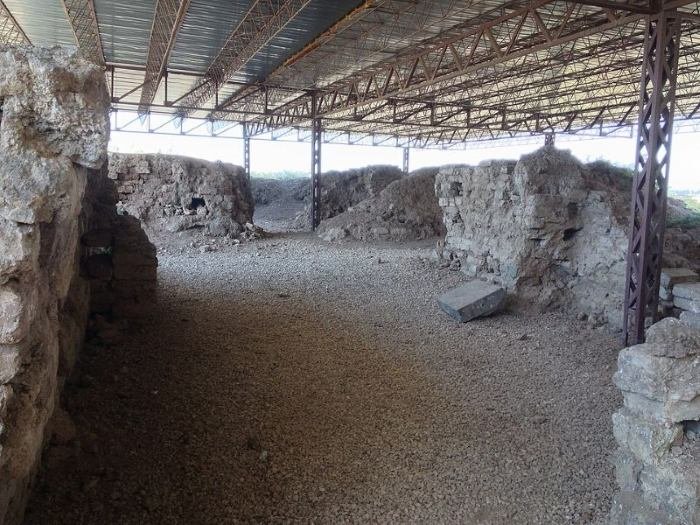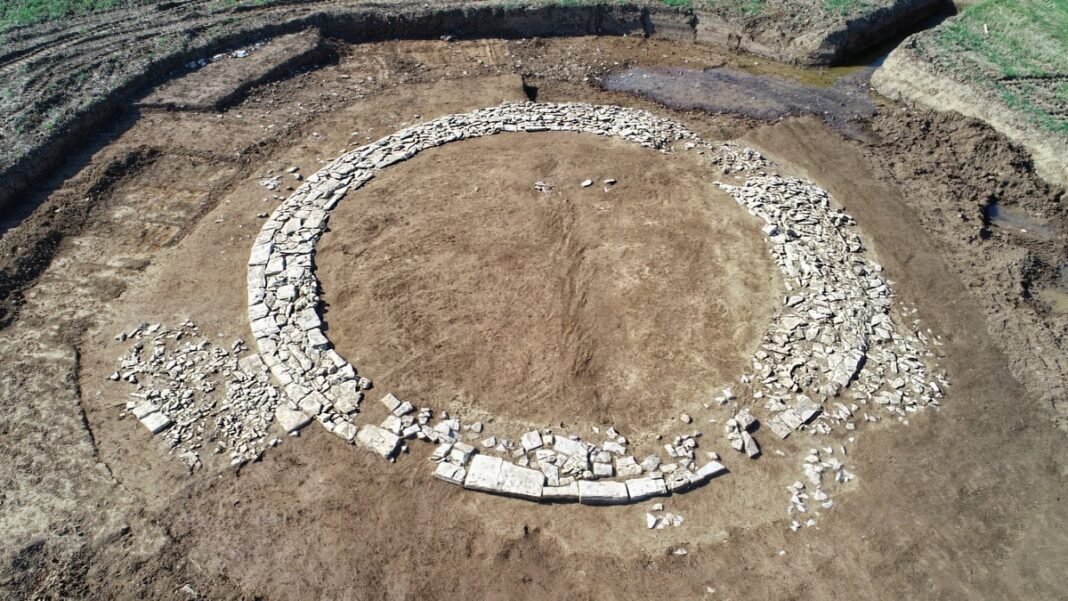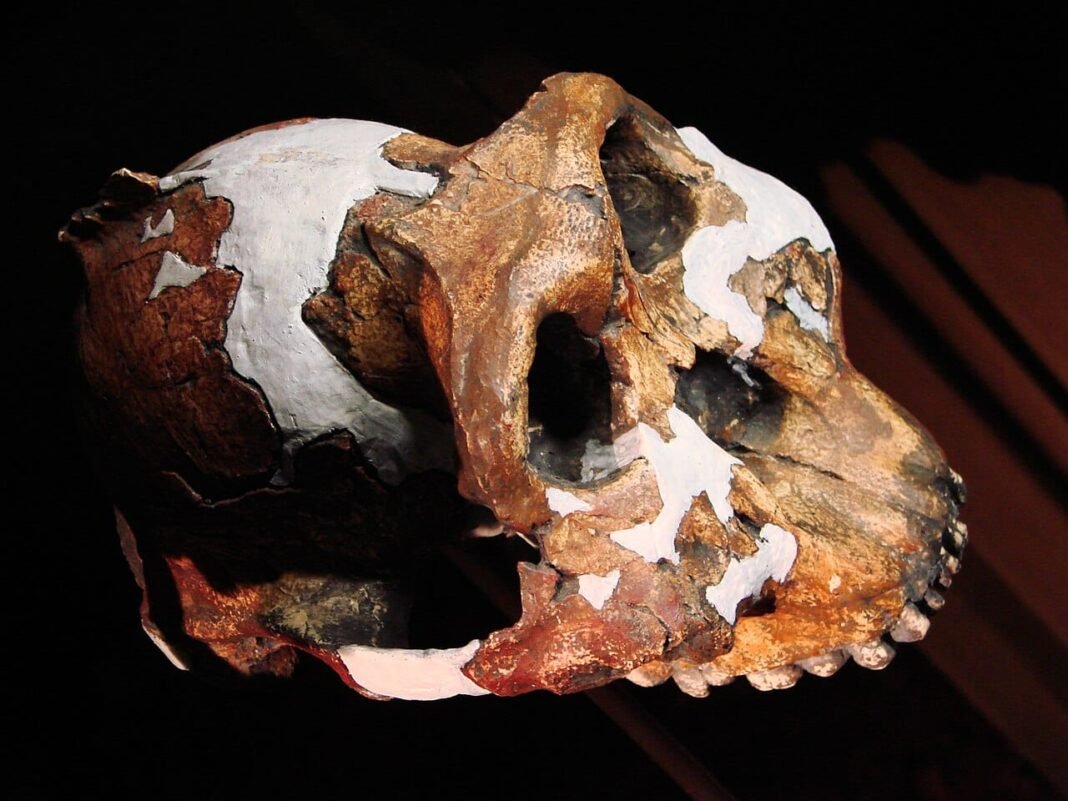
Archaeologists in southern Turkey have unearthed 3,500-year-old cuneiform tablets and seal impressions that once belonged to an unknown Hittite prince, shedding new light on the political and administrative world of the Late Bronze Age.
The discovery was made at Aççana Höyük, the ancient city of Alalakh, located in Hatay Province. Researchers describe the finding as one of the most significant archaeological breakthroughs in recent years for understanding the connections between the Mitanni and Hittite kingdoms.
City destroyed by fire, but records survived
The artifacts were recovered from the charred remains of an administrative complex, preserved beneath thick layers of ash. According to Turkey’s Minister of Culture and Tourism Mehmet Nuri Ersoy, the city was likely destroyed by a massive fire, but the tablets survived in remarkable condition.
📍 Hatay’ın Reyhanlı ilçesindeki Aççana Höyük, Eski Alalah Kenti kazılarında Akadça dilinde yazılmış çivi yazılı tabletlerden oluşan ve Mitanni İmparatorluk Dönemi’ne ait yeni bir devlet arşivi ile Hitit tabakalarında ise öncesinde bilinmeyen yeni bir Hitit prensine ait mühür… pic.twitter.com/LLaf0il1uB
— arkeolojihaber ® (@arkeolojihaber) October 19, 2025
The well-preserved texts allowed researchers to decode details of the administrative and trade systems of the Idrimi Dynasty, a regional power under the Mitanni Empire — one of the superpowers of the Late Bronze Age.
A window into ancient bureaucracy
Written in the Akkadian language, the tablets record furniture orders, staff lists, and distributions of food and raw materials. Experts say these details point to a highly organized bureaucracy that managed economic and political affairs across the Mitanni realm.
The documents also reveal extensive trade and administrative connections between Alalakh and other regional centers, reflecting a complex system of governance that linked northern Syria with Anatolia.
Seals of an unknown Hittite prince
In the upper layers of the site, archaeologists found a set of seal impressions bearing the name and insignia of an unidentified Hittite ruler. The discovery provides fresh evidence of the city’s later transition into the Hittite sphere of influence following the decline of Mitanni control.
Tarihin izini süren kazılar, bize yine benzersiz bir keşif sundu. ⛏️#GeleceğeMiras projemiz kapsamında sürdürülen Aççana Höyük, Eski Alalah kenti kazılarında (Hatay, Reyhanlı), İdrimi Hanedanlığı dönemine ait, yaklaşık M.Ö. 1500–1400 yıllarına tarihlenen çivi yazılı tabletler… pic.twitter.com/idYrH8cP9V
— Mehmet Nuri Ersoy (@MehmetNuriErsoy) October 19, 2025
The cylinder seals feature elaborate imagery, including depictions of the Storm God battling winged creatures — a motif central to Hittite and northern Syrian religious iconography. Researchers say these seals were used to authenticate official documents, underscoring how deeply administration, politics, and spirituality were intertwined during the Late Bronze Age.
Crossroads of ancient empires
Aççana Höyük, identified with ancient Alalakh, served as a major cultural and political crossroads between Anatolia, Mesopotamia, and the Levant. The overlapping Mitanni and Hittite layers at the site highlight the city’s strategic importance and its transformation under successive empires.
The combination of tablets and seals reveals a gradual blending of artistic and bureaucratic traditions as Alalakh evolved from a Mitanni vassal state into a Hittite provincial center.
A gift from the past to the future
Minister Ersoy hailed the find as “a gift from our ancestors to the future,” emphasizing its significance for both Turkish archaeology and world heritage. The tablets and seals will undergo conservation and digital documentation before going on display at the Hatay Archaeology Museum.
As excavations continue, Aççana Höyük continues to reveal new chapters of ancient history — a place where forgotten rulers, lost archives, and now an unknown Hittite prince are once again emerging from the dust of time.


